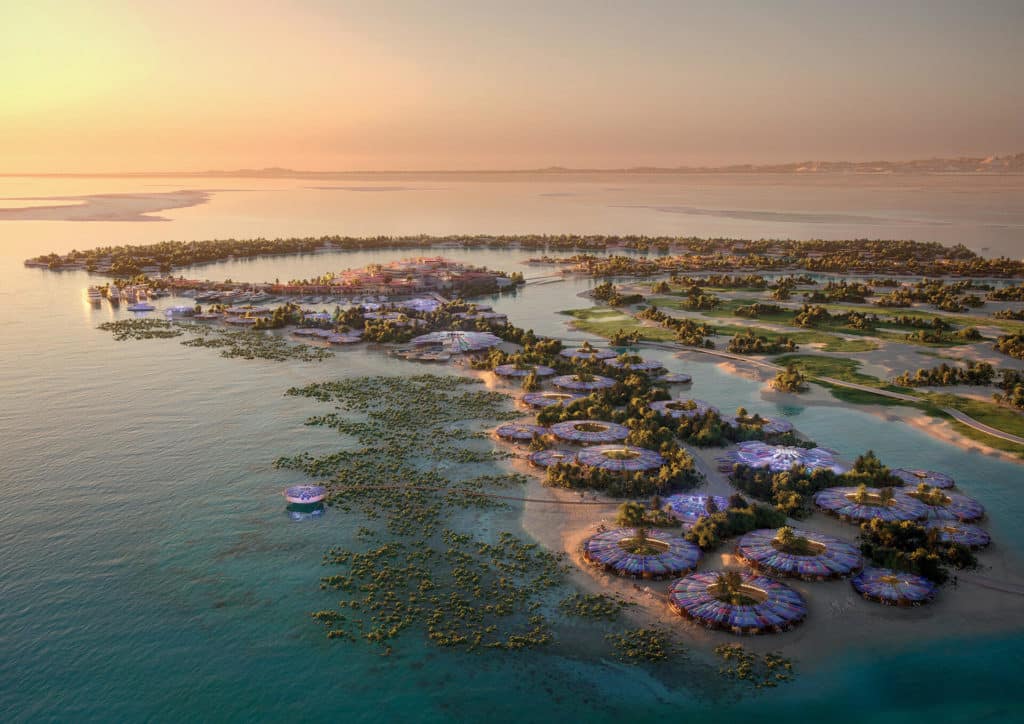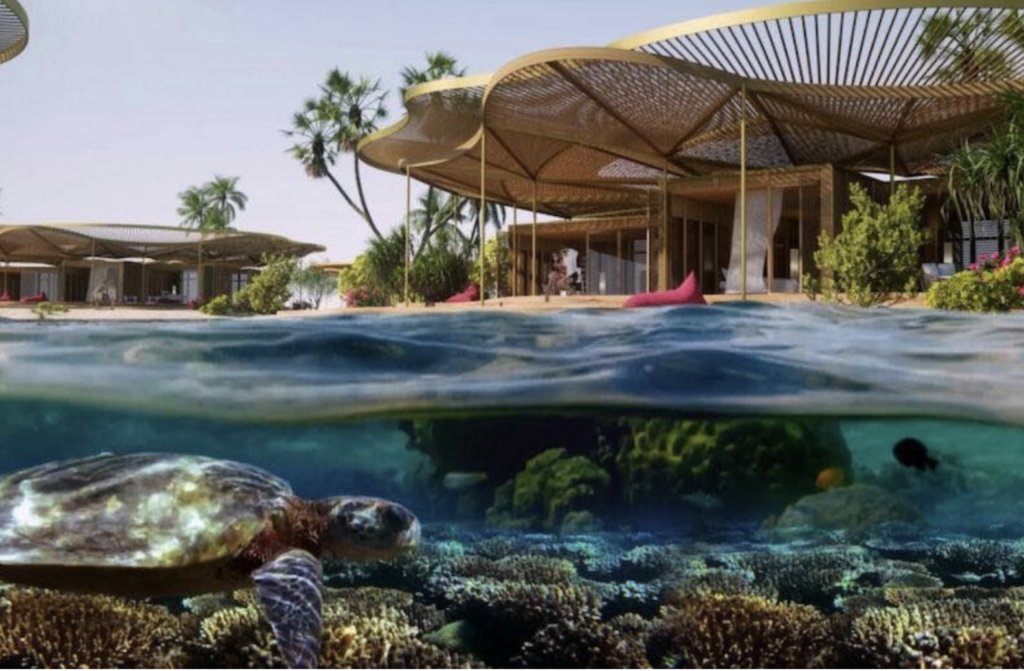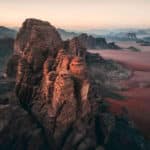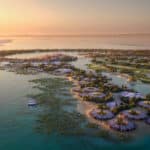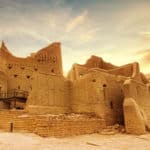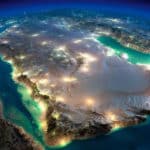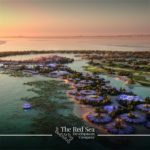Red Sea Development – the mega project in Saudi Arabia
The numbers of this mega project in Saudi Arabia are impressive: 50 resorts spread over 30% of the 90 islands of the Saudi coast and on six sites on the mainland, 8000 hotel rooms and 1300 real estate properties, all types of facilities starting with tourist marinas and golf courses. The budget foreseen for the first phase of the project is currently 30 billion SAR, including beaches, mountains, archaeological sites, airports and infrastructures.
These numbers are frightening given the impact that a similar mega project in Saudi Arabia could potentially have on the delicate eco-system of one of the largest coral reefs in the world, untouched until today.
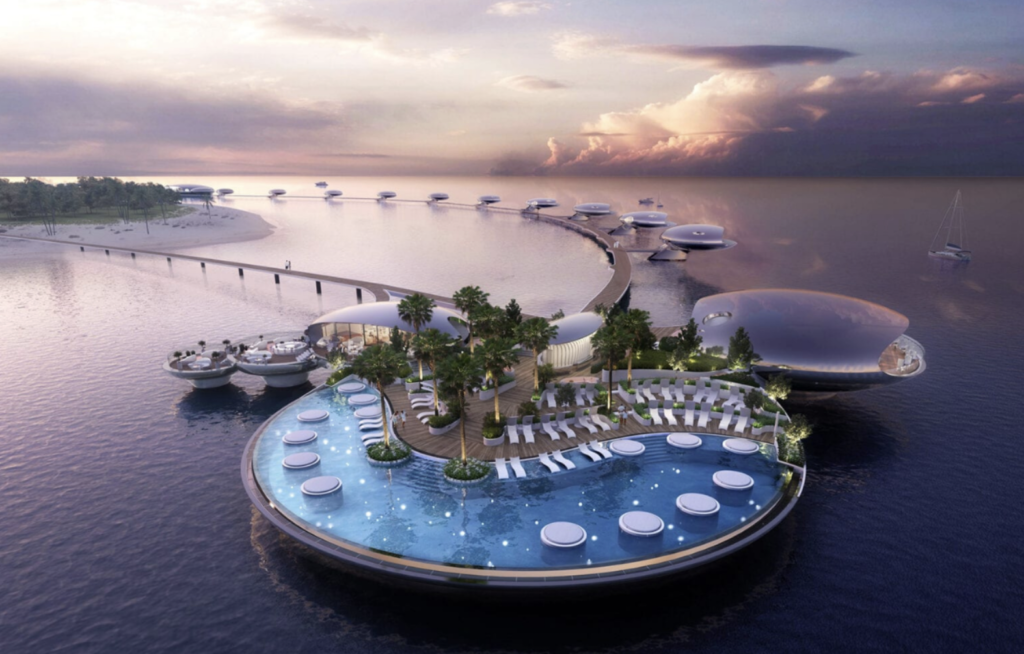
There is no shortage of reassurances in this sense: John Pagano, chosen from the beginning directly by Prince Mohammed Bin Salman at the helm of the Red Sea Development project and of Amala (a sub-project even more exclusive than the first), immediately encompassed an approach towards sustainability and his regenerative intent. In fact, he really made a mantra out of it. This is echoed by two of the most important architects involved in the projects, Norman Foster and the Japanese Kengo Suma. Both will use innovative construction techniques with zero impact on the environment, indeed, they will preserve it if not improve it. The first phase of the off-grid project, which should be activated by the end of 2022, sees the installation of 73 prefabricated villas with innovative materials on the uninhabited island of Sheybarah, 45 minutes by boat from the Saudi coast. Designed by Shaun Killa’s Lebanese architecture studio, the villas are shiny spheres that emerge from the sea reflecting the colors of nature, and actually seem to observe every possible technological precaution to eliminate environmental risks, forming a kind of archipelago in their own right.
Luxury Tourism in Saudi Arabia – John Pagano’s “Barefoot Luxury”
Red Sea development project is truly an iconic project, and it looks to set new standards for luxury tourism. Everything revolves around the environment and its enhancement. The relationship with unspoiled and protected nature becomes the true essence of contemporary luxury tourism in Saudi Arabia. Speaking of his vision, John Pagano used a very evocative expression: “Barefoot Luxury”, a lifestyle concept very close to the typically Italian casual and relaxed one.
The environment in this case is truly remarkable. The region has been a trade route on the Spice Route since ancient times, and crossed by caravans of pilgrims heading to the holy cities of Mecca and Medina. The nearby Unesco site of Mada’in Saleh , home to an ancient Nabataean post, is sure to be a fascinating excursion destination. The Hijazi mountains offer amazing views, and the Red Sea has preserved an incredible wealth of biodiversity to this day, starting with rare species of corals, mangroves, fish and curious mammals such as the Dugong. The site’s average summer temperature is 32 degrees, sunny all year round, and the geographic location on the Saudi west coast, between Asia-Africa-Europe, will make it accessible to 250 million people in a 3-hour flight.
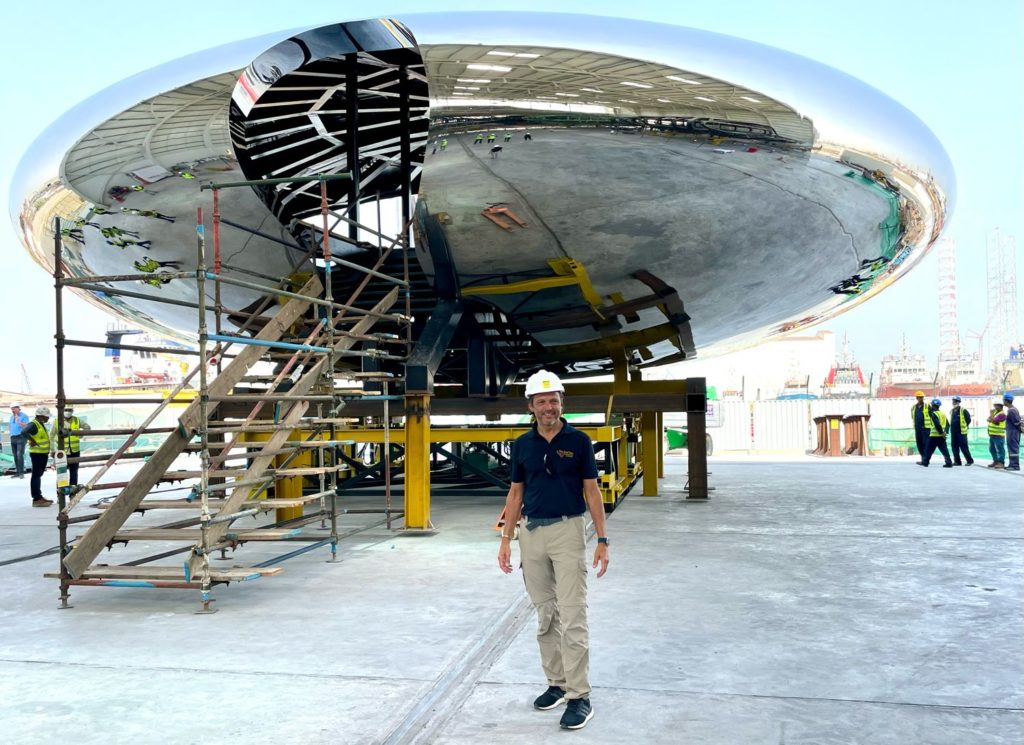
Pagano tells in his interviews that the choice of which of the 90 islands to use for tourism development was the result of an accurate preliminary study, with computer simulations. The exercise divided the lagoon into sectors and attributed to each a conservation value index. The choice was therefore based on scientific considerations in relation to this index. As a regenerative project, although the area can host up to 10 million visitors / year, it was decided to limit the number to 1 million / year, out of prudence with respect to the environment.
Red Sea Development aims to pursue not only the most complete and advanced sustainability from renewable sources, but also mitigate carbon emissions, reduce noise and light pollution, smart management of waste production. The promise of the Red Sea Development project is to preserve the site’s biodiversity as and better than in a marine protected area.
Red Sea Development – the plan for the mega project in Saudi Arabia
Launched in 2019 by the Red Sea Development Company, under the direct control of the PIF (Public Investment Fund) and Prince Mohammed Bin Salman, the project is expected to be implemented by 2040, but various preliminary phases will be activated much earlier. Coral Bloom, designed by the prestigious British firm Foster & Partners, on Shurayrah island, is expected to be completed by the end of 2023. It will include 11 hotels whose architecture will blend harmoniously into the pristine environment of the island.
Some hotels are almost ready and it looks like they will be hosting the first tourists by the end of 2022. At the same time, the residential project by the Shaun Killa studio is well underway, and the international airport, also designed by Foster & Partner, will be operational by 2022. It is expected to reach full capacity of 900 passengers per hour by 2030. Luxury tourism in Saudi Arabia is poised to become one of the iconic global destinations.
Stay tuned for the next Saudi mega project: Neom

